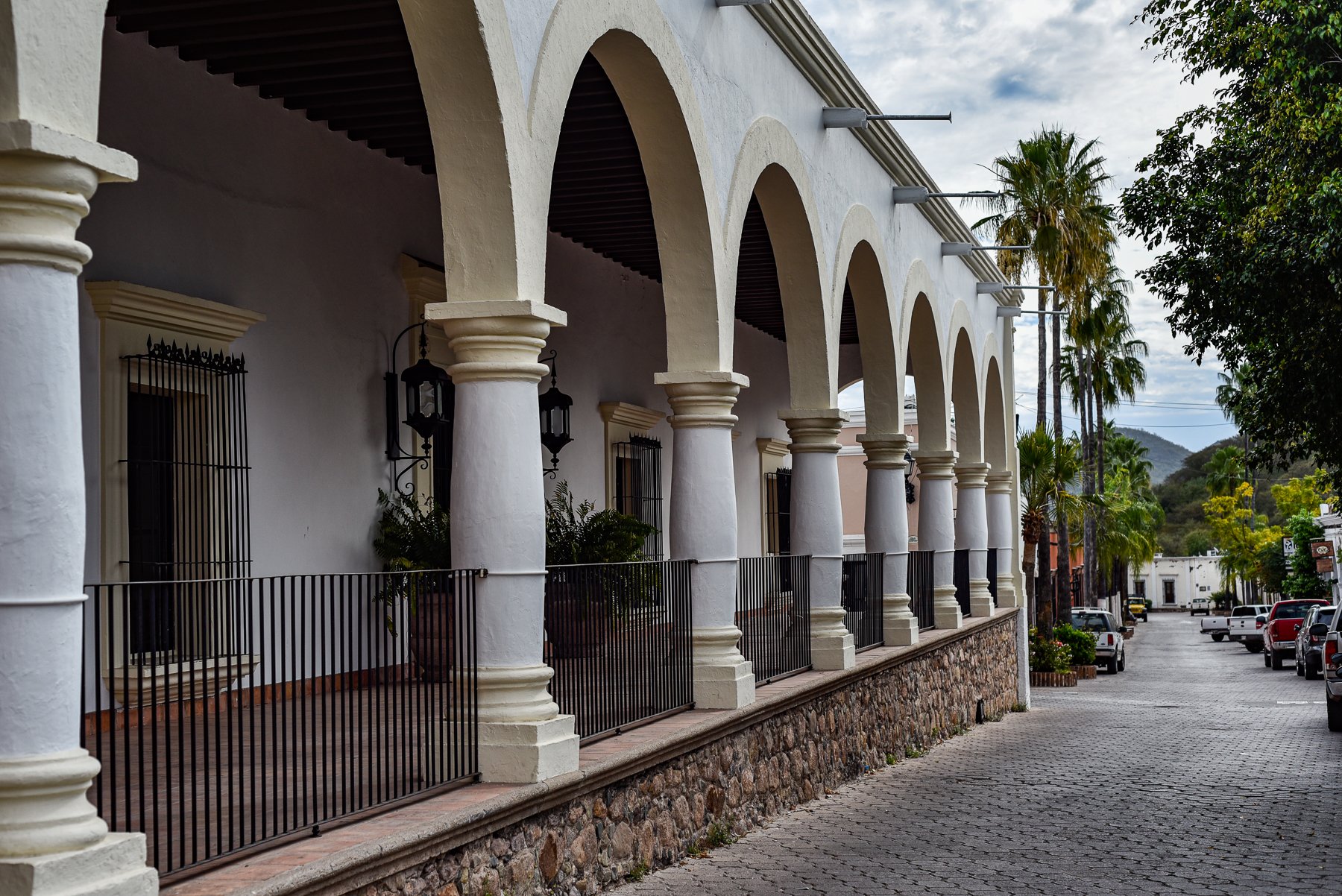Another Álamos
A distinctive natural setting in the dry tropics is one of the most alluring aspects of visiting Álamos. The southern Sonoran community is set in a transition zone, another borderland between the desert and tropical Mexico. By virtue of a rich vein of minerals and a silver strike, a colonial settlement emerged here in the late seventeenth century. In fact, the first description of Álamos and its formation in the 1680s comes from a newly arrived Jesuit priest in the region named Eusebio Francisco Kino, who was passing through on his way to the Pimería Alta.
Another remarkable aspect about Álamos is its labyrinthine historic center of colonial adobe compounds built high from street level on sturdy slag foundations (you can imagine how the monsoon season affects here). Álamos’ unique cultural identity, economy, history, and location have made this possible whereas other city centers with traditional Sonoran rowhouse architecture have been - wholly or partly - demolished, as in the case of Tucson and Hermosillo. It was declared a historical monument area in 2000 by INAH (National Institute of History and Anthropology).
These two worlds merging, the natural with cultural wonders side-by-side, place the destination on another level. Álamos is acknowledged as one of Mexico’s esteemed magical towns for rightful reasons.
As you can see, there’s a lot to share about Álamos and our cross-border connections to this neighbor. You are invited to visit this Autumn with us during the Day of the Dead to explore for yourself this one-of-a-kind place and let the community capture your heart.





